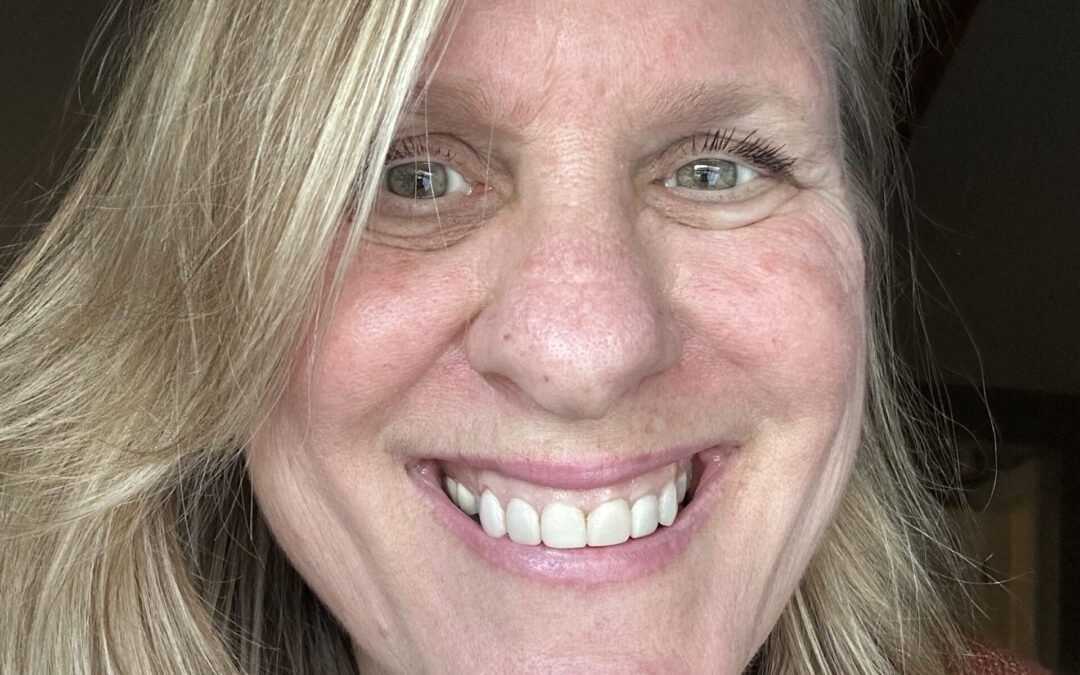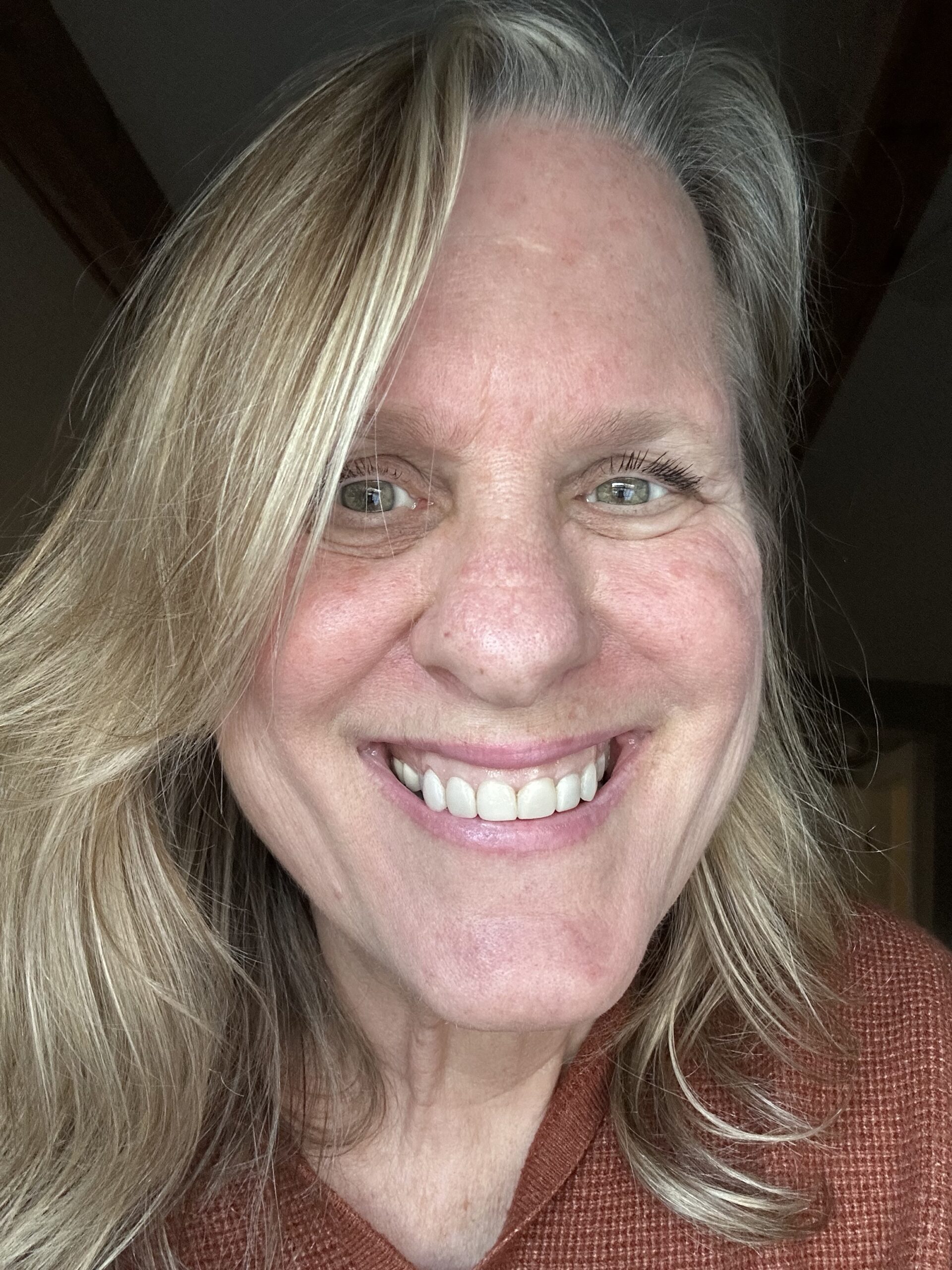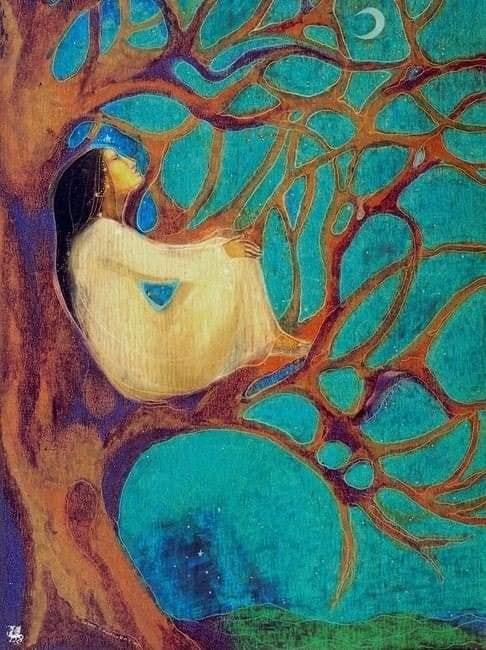
How to Release Stress from Your Body: 10 Proven Techniques for Immediate Relief

Finding Balance with the 10 step protocol: How Craniosacral Therapy Supports Nervous System Healing and give you Relief.
When healing from concussions, persistent headaches, migraines, or traumatic brain injuries, finding relief can feel like an endless journey. Craniosacral therapy offers a gentle yet powerful approach to supporting your nervous system’s natural healing process. Let me share how this subtle but effective technique may help you find the balance your body seeks.
Understanding Your Body’s Healing Rhythm
Your craniosacral system—the membranes and fluid that surround your brain and spinal cord—has its own natural rhythm. After head trauma or neurological stress, this delicate system can become restricted, potentially contributing to ongoing symptoms and discomfort.
Craniosacral therapy works by using gentle touch—typically no more than the weight of a nickel—to detect and release these restrictions. By tuning into your body’s subtle rhythms, a skilled therapist helps restore flow and balance to your central nervous system.
Supporting Recovery from Head Injuries.
After a concussion or TBI, your brain needs optimal conditions to heal. The gentle nature of craniosacral therapy makes it particularly suitable for those with head injuries, where even slight pressure can sometimes trigger symptoms.
Many clients report improvements in several areas:
- Reduced headache frequency and intensity
- Decreased sensitivity to light and sound
- Improved sleep quality
- Enhanced mental clarity and focus
- Reduced anxiety and stress responses
Breaking the Cycle of Migraines and Chronic Headaches
For those suffering from recurring migraines or tension headaches, craniosacral therapy addresses potential root causes rather than just managing symptoms. By releasing restrictions in the cranial bones, neck, and spine, this therapy helps reduce pressure on sensitive nerves and improves cerebrospinal fluid circulation.
The result? Many experience fewer headaches with less reliance on medication.
Creating Space for Healing to help you find Relief.
What makes craniosacral therapy unique is its respect for your body’s innate wisdom. Rather than forcing change, your therapist creates a safe environment where your nervous system can shift from “fight or flight” to “rest and repair” mode—essential for true healing to occur.
This gentle approach is particularly valuable for those whose systems are already overwhelmed by pain or trauma. The sessions themselves often provide immediate relief, with many clients reporting a deep sense of relaxation and well-being.
Finding the Right Practitioner to help you have relief from pain and stress.
The effectiveness of craniosacral therapy depends significantly on your practitioner’s skill and experience, particularly when dealing with neurological conditions. Look for therapists with specialized training in treating concussions and neurological issues, and don’t hesitate to ask about their experience with your specific condition.
If you’re struggling with the effects of head trauma, persistent headaches, or migraines, consider adding craniosacral therapy to your recovery toolkit. This gentle approach might be the missing piece in your healing journey, helping your nervous system find its way back to balance and well-being.
Sharon Hartnett CST-D
614 653-8111
www.craniosacraltherapistcolumbus.com





